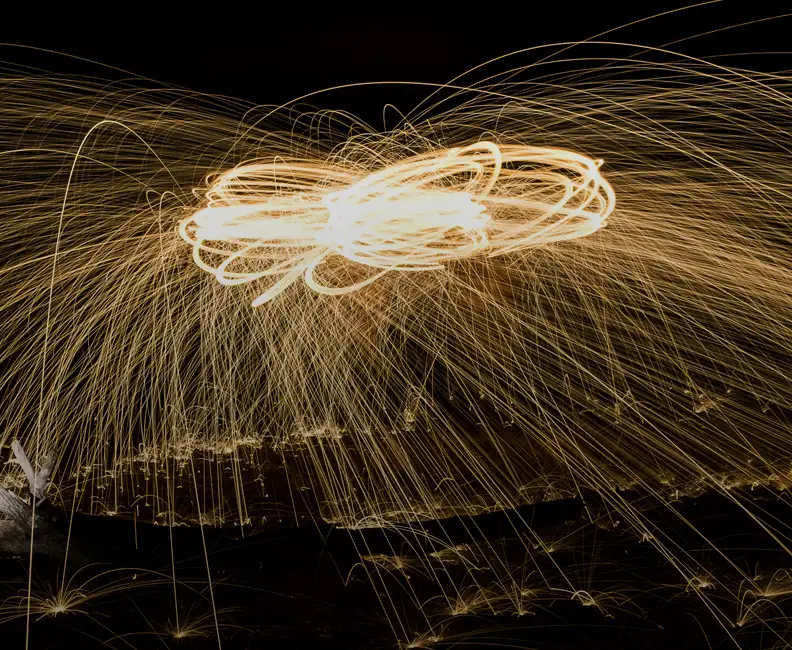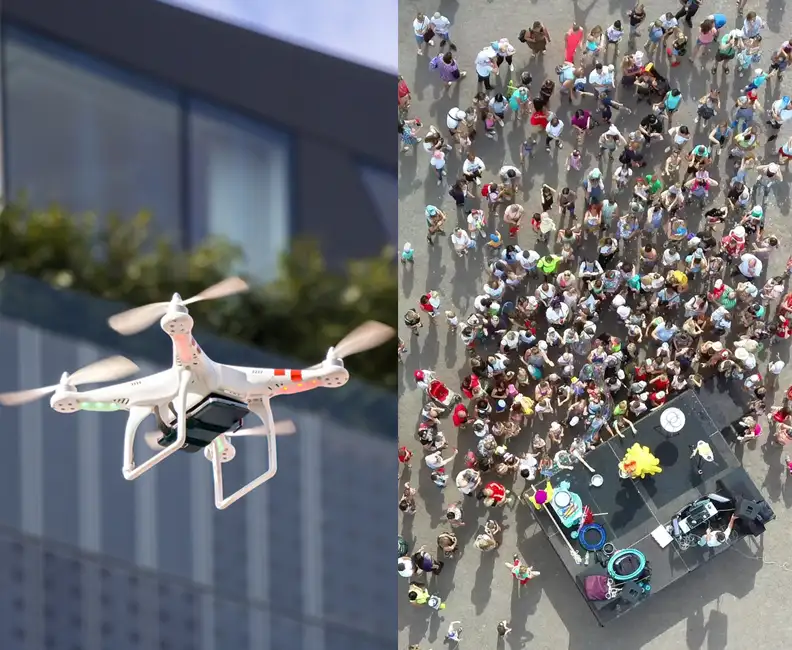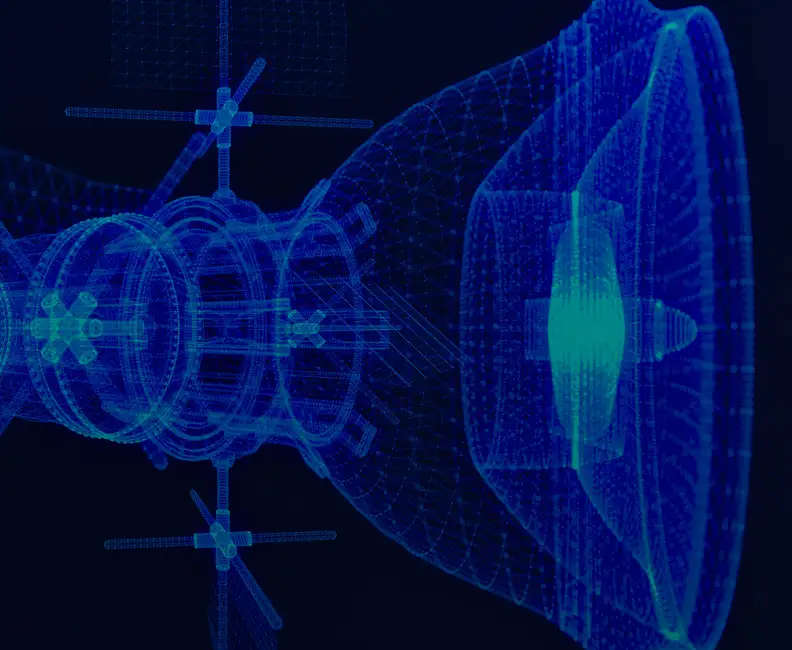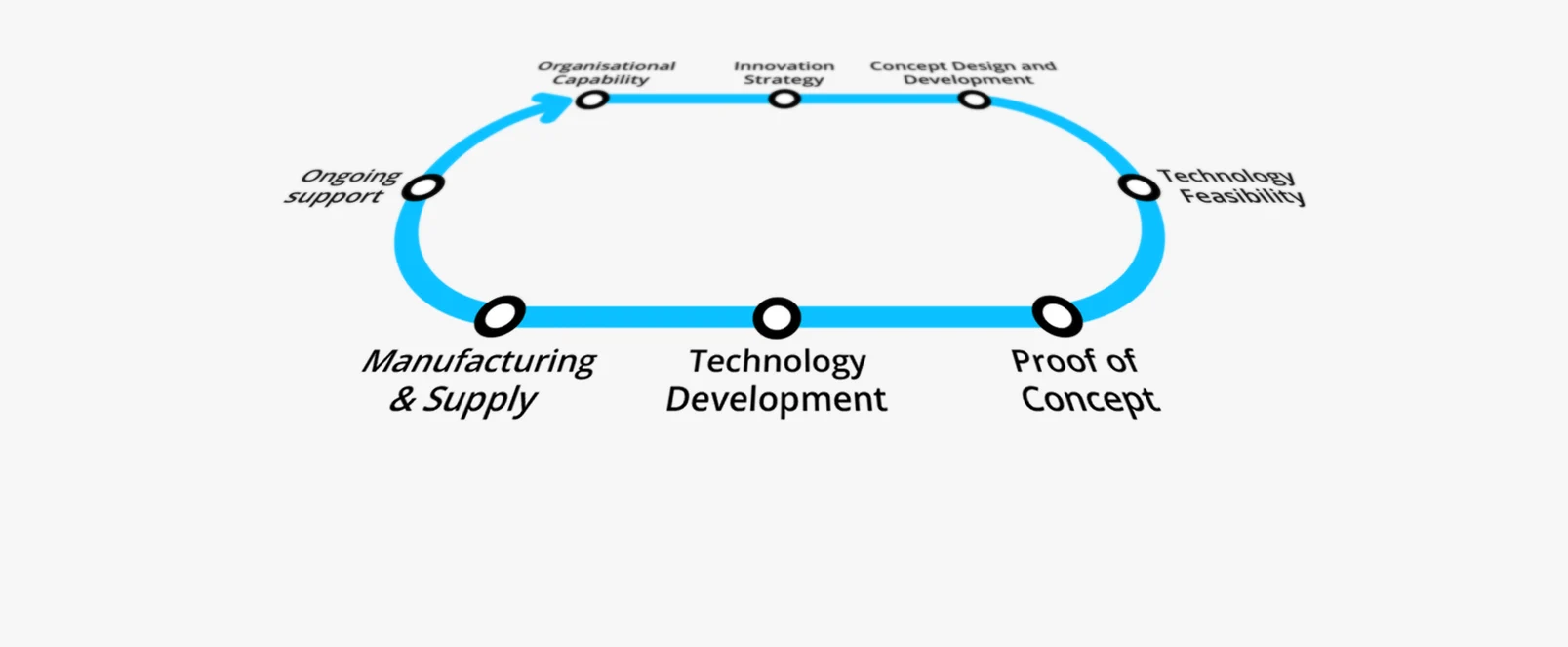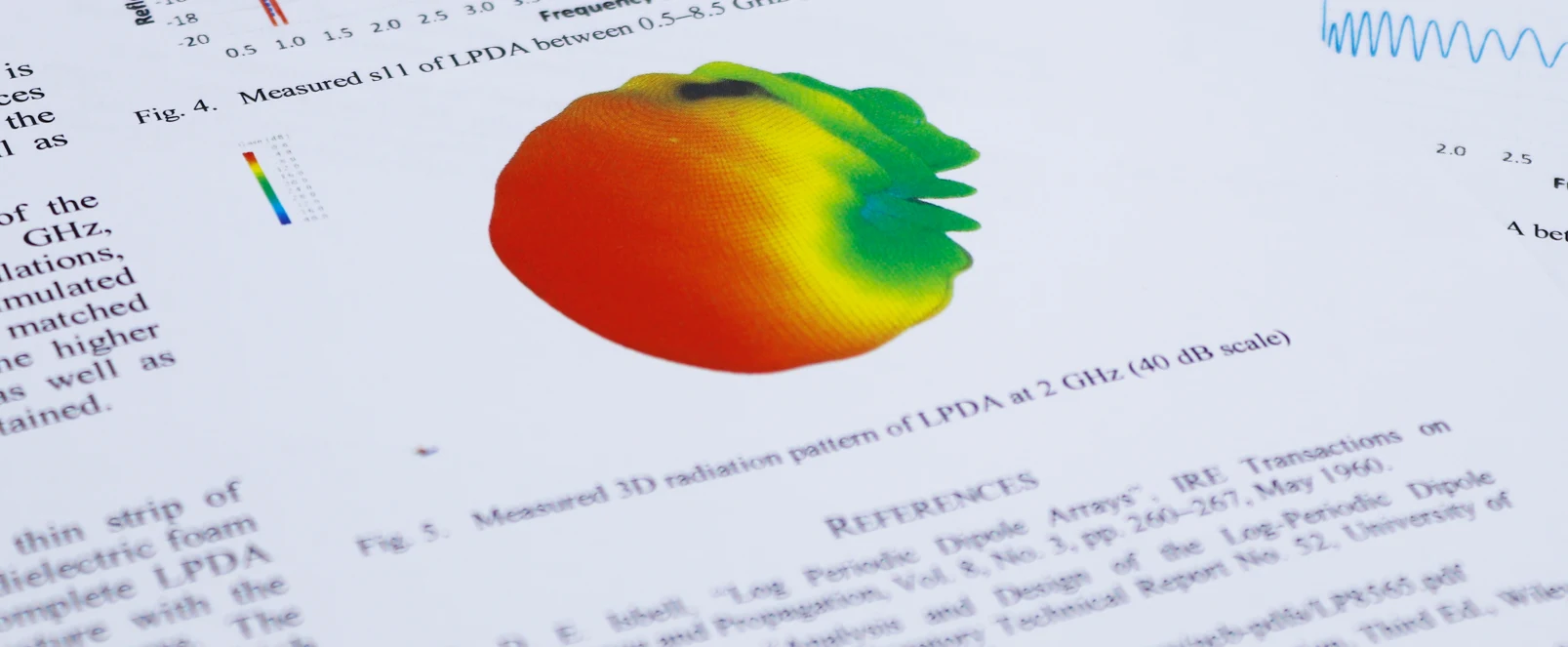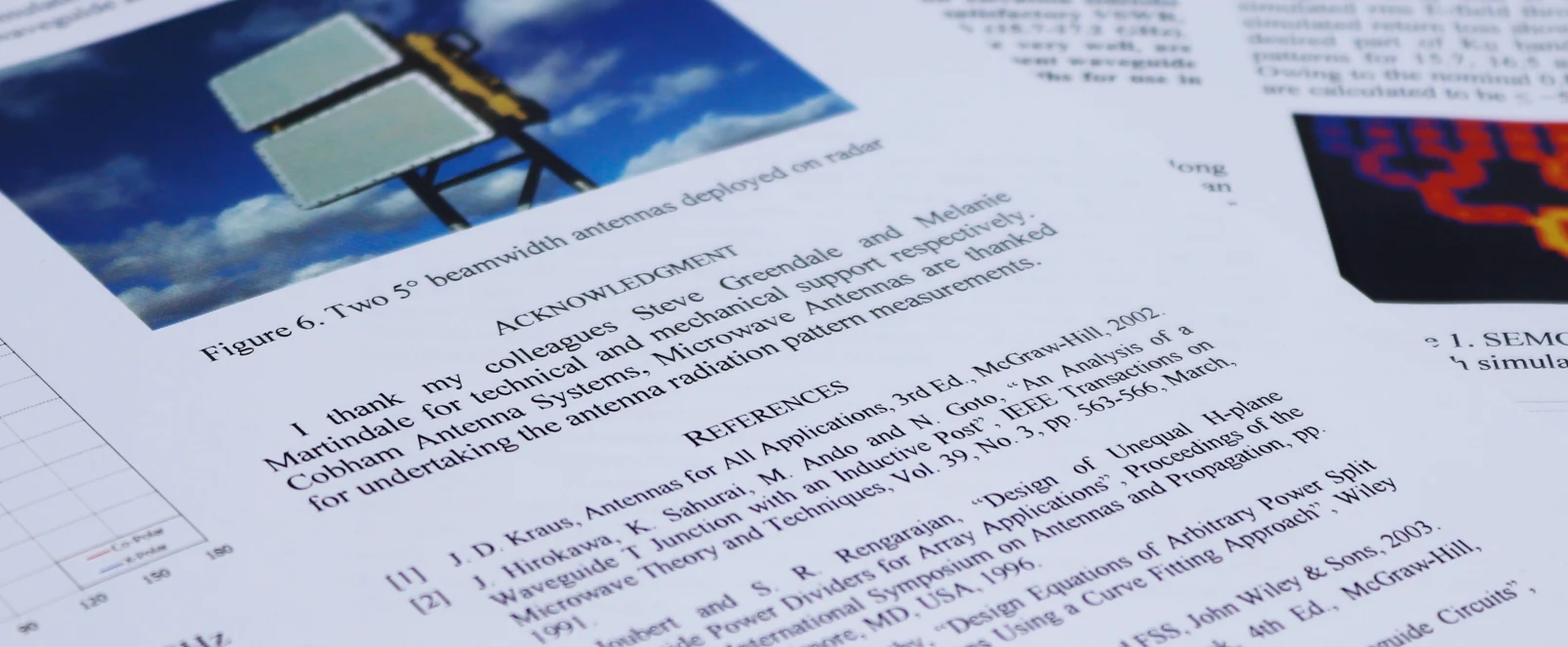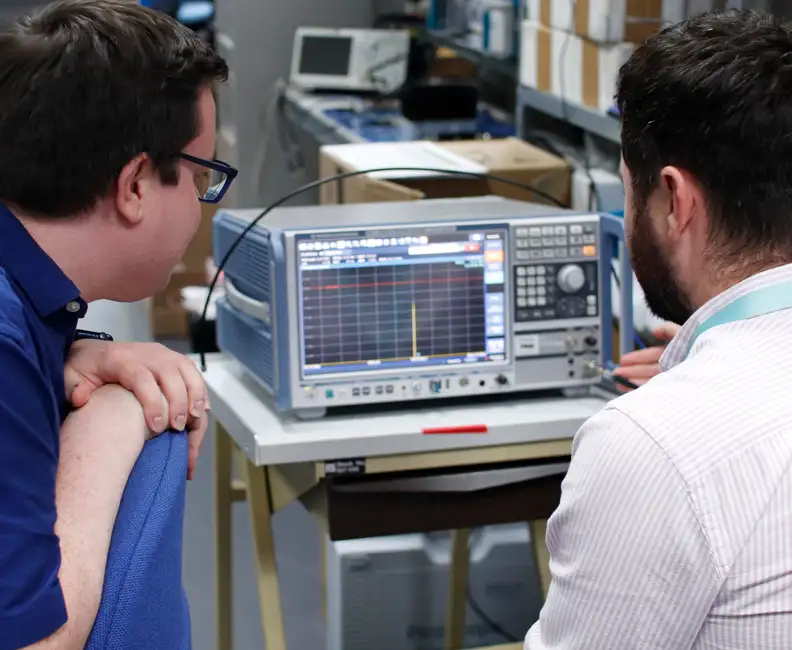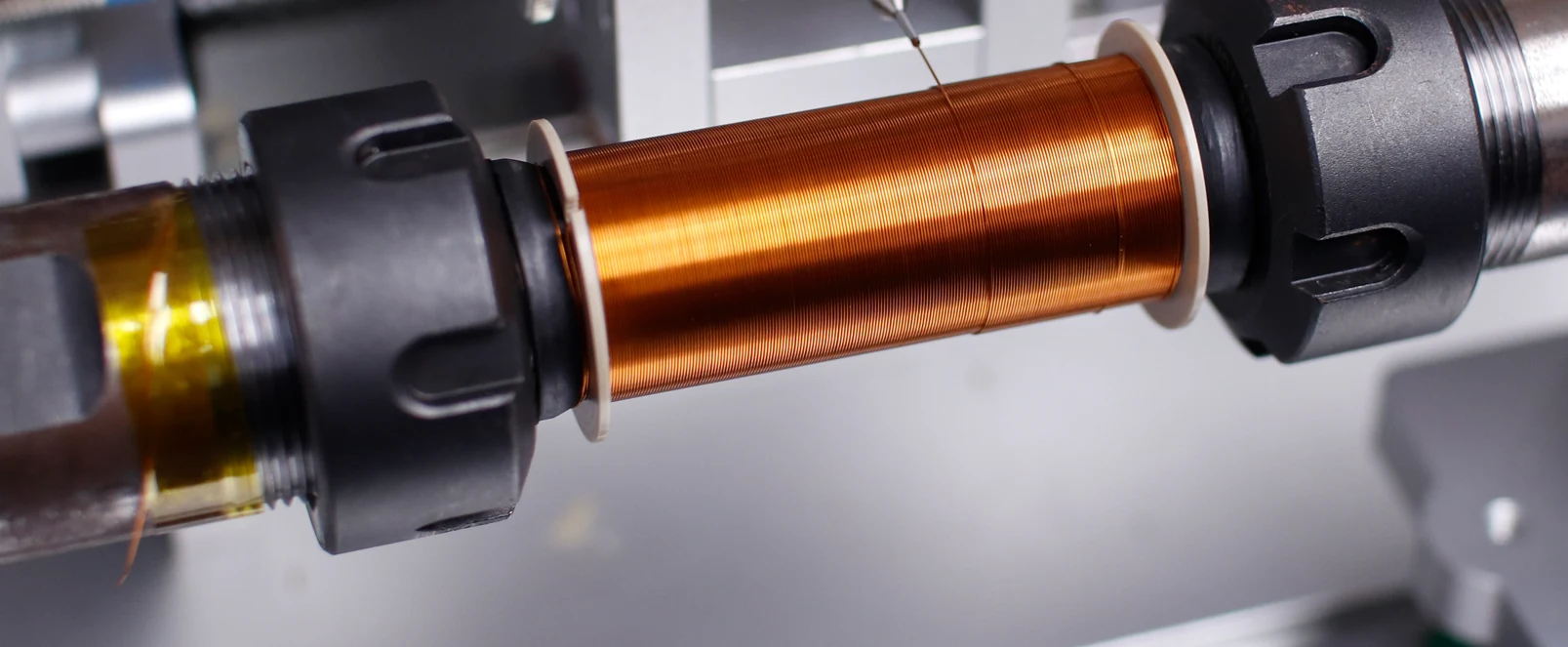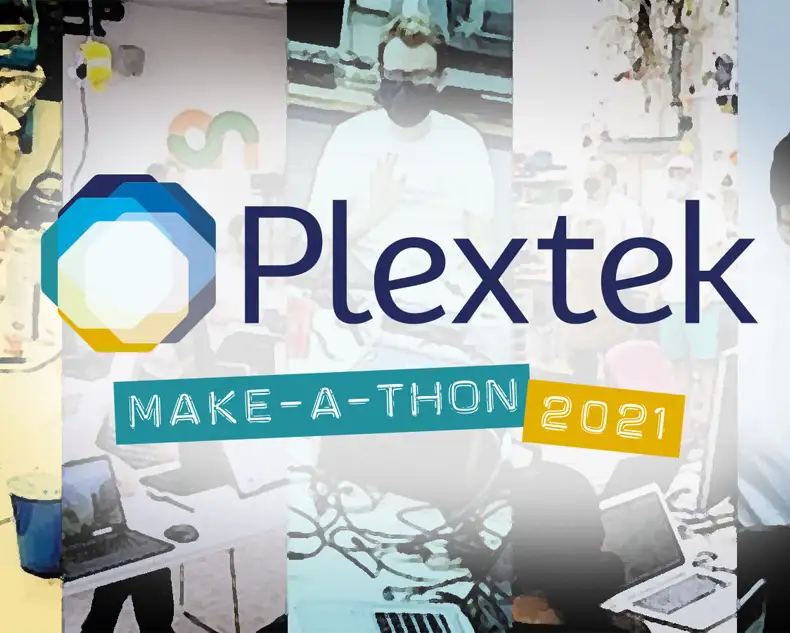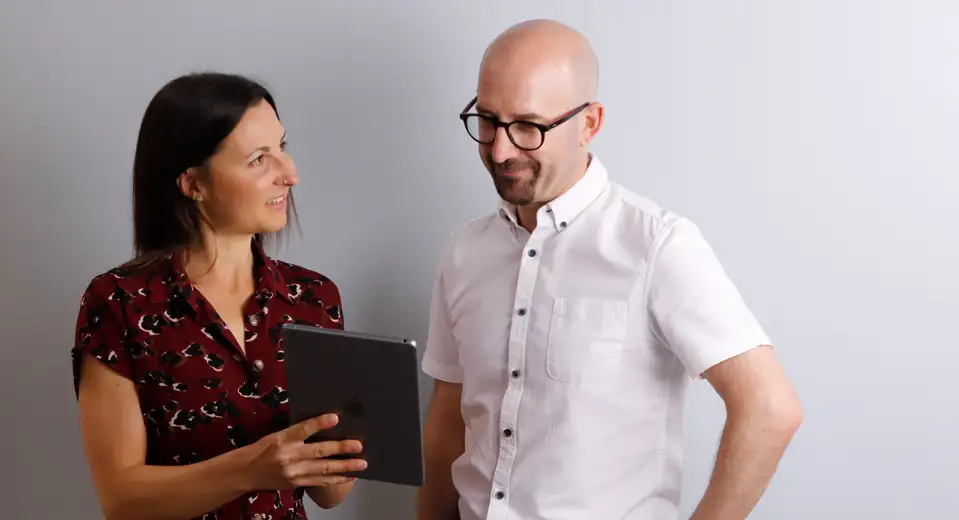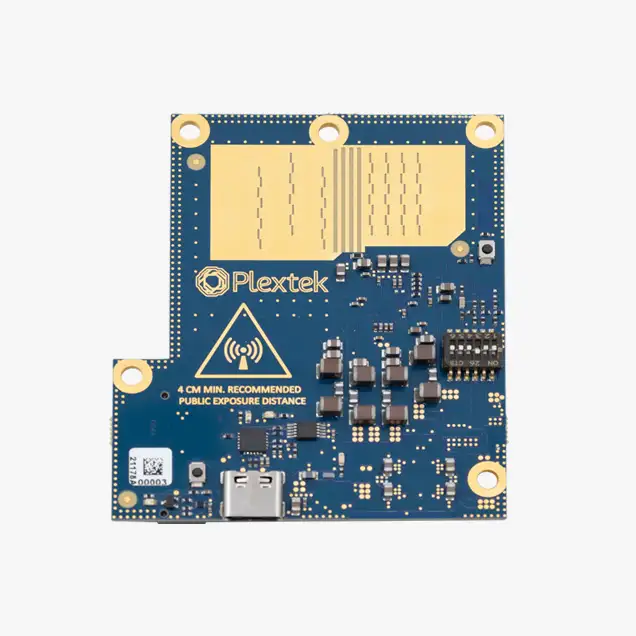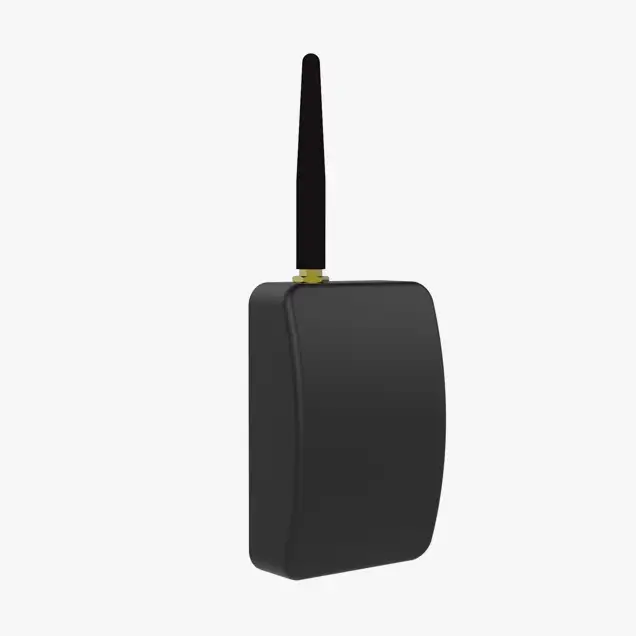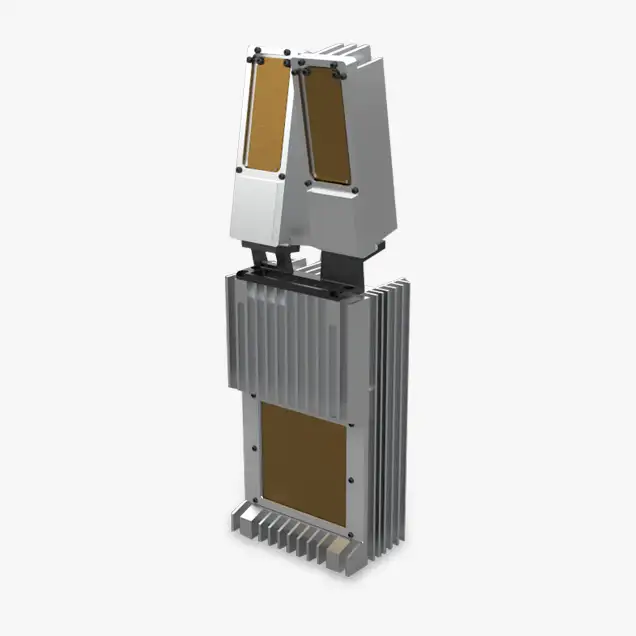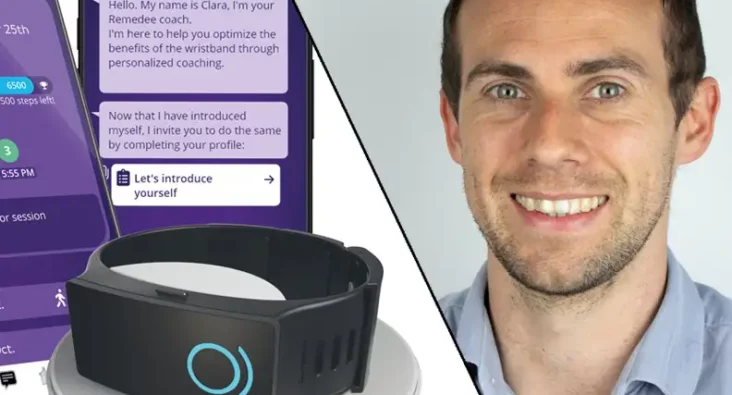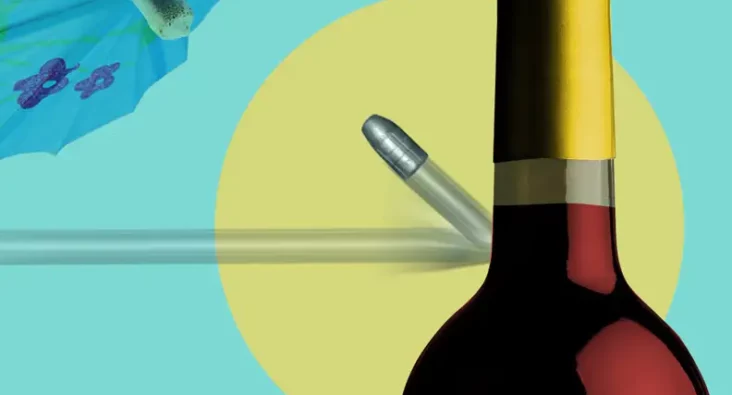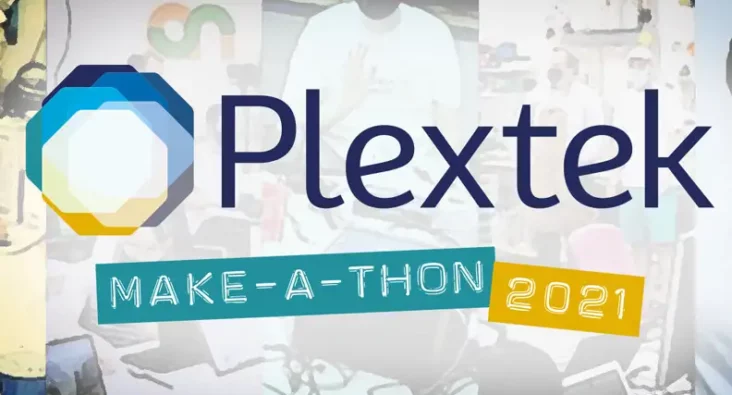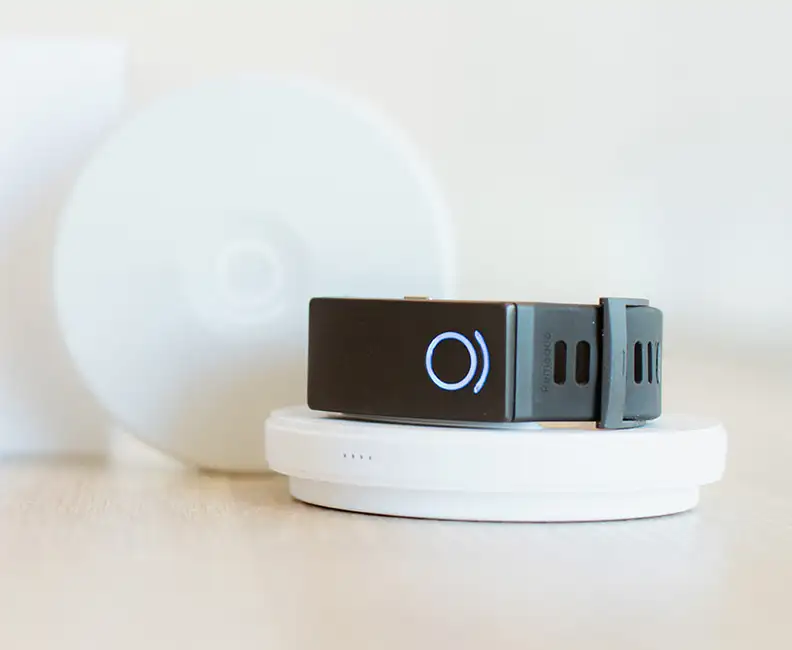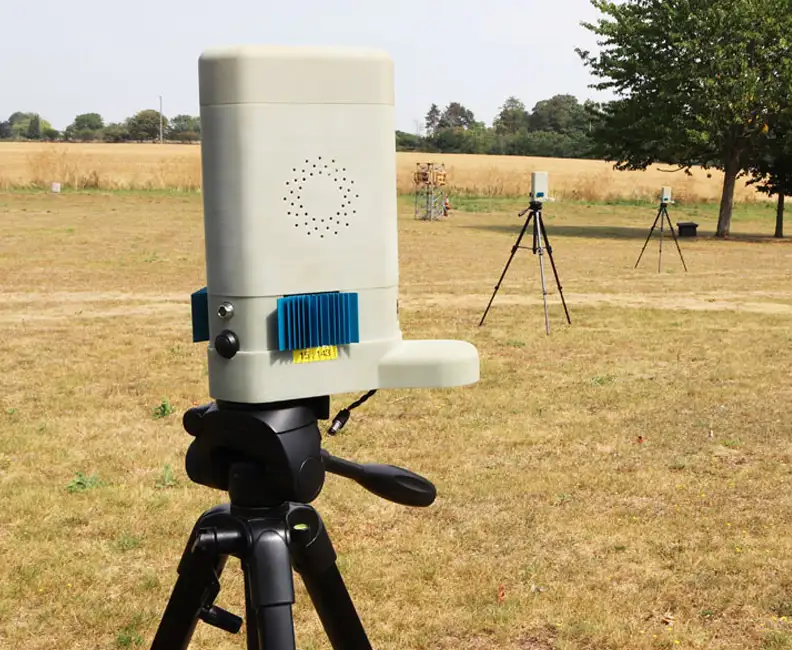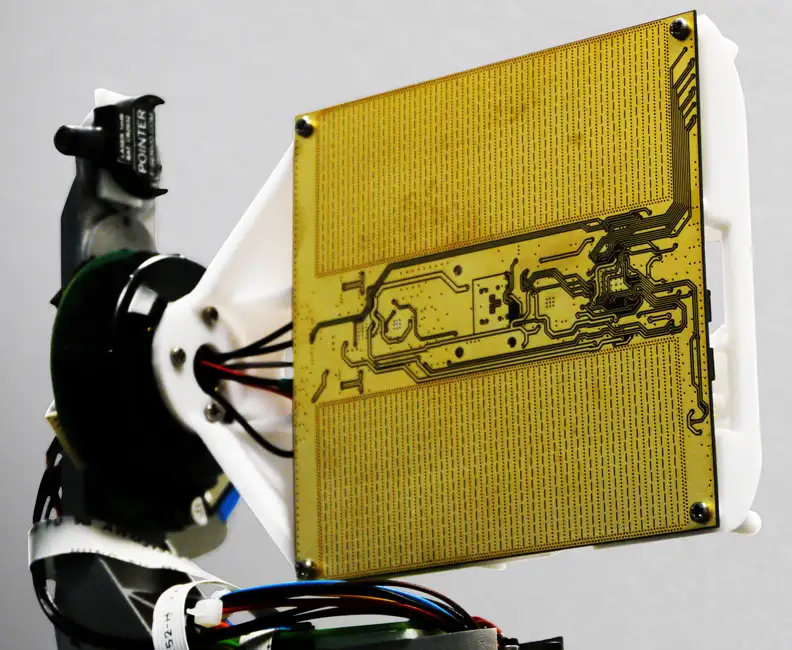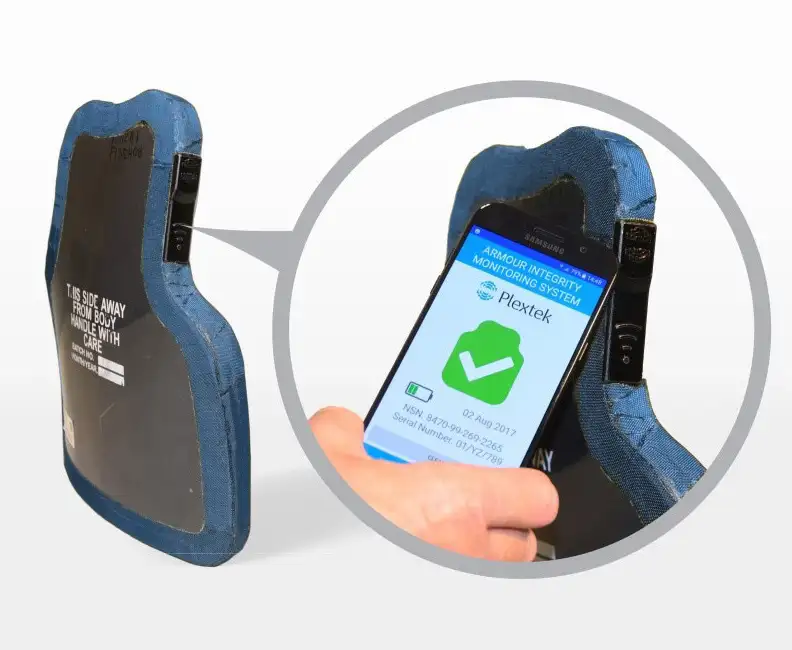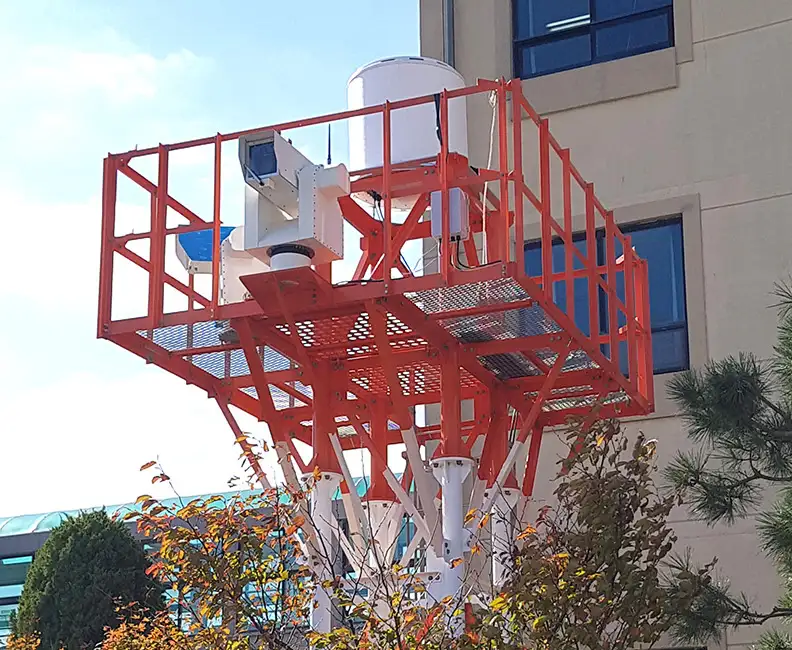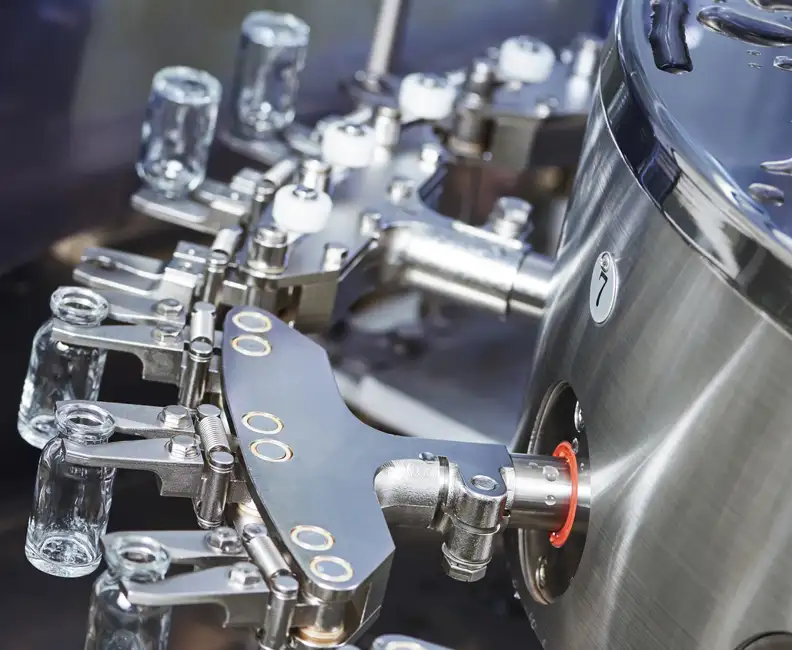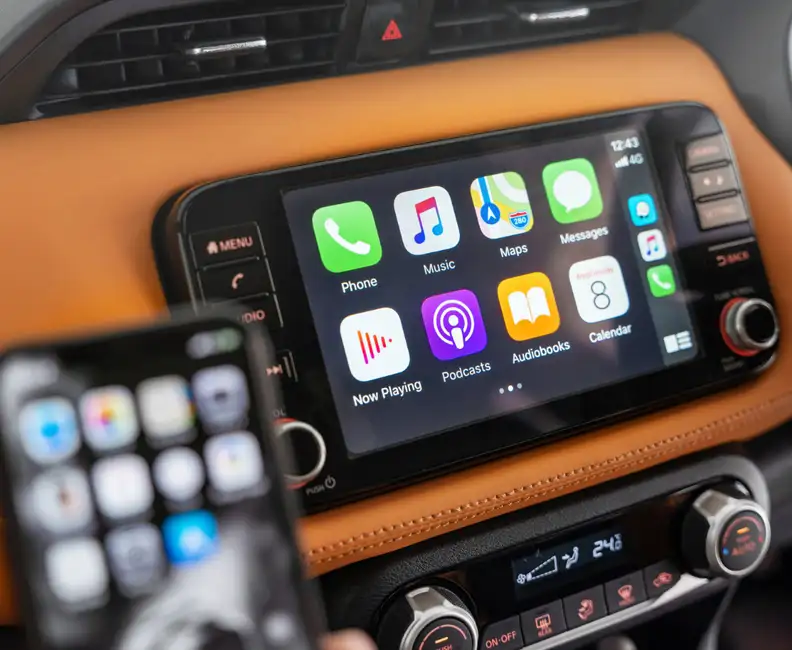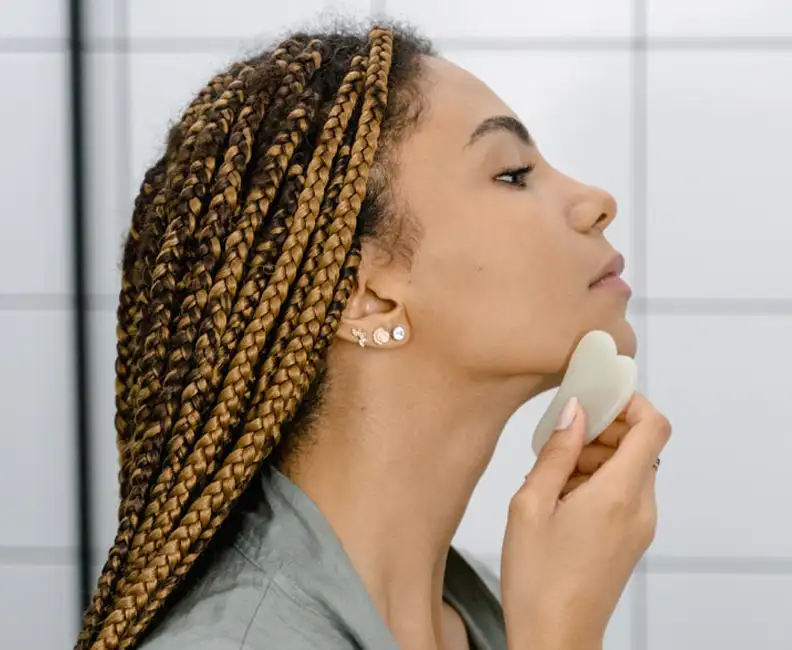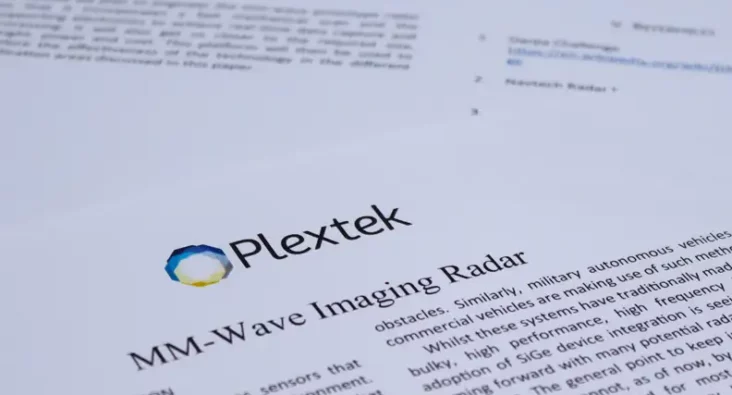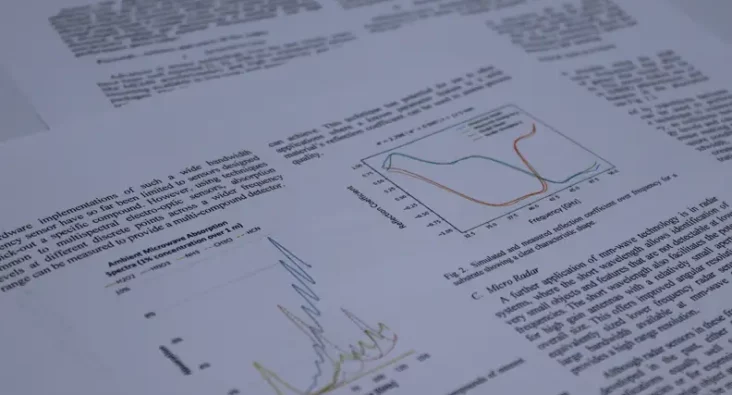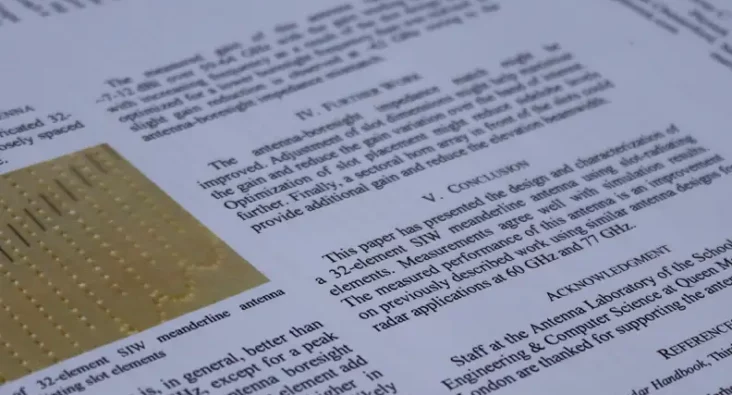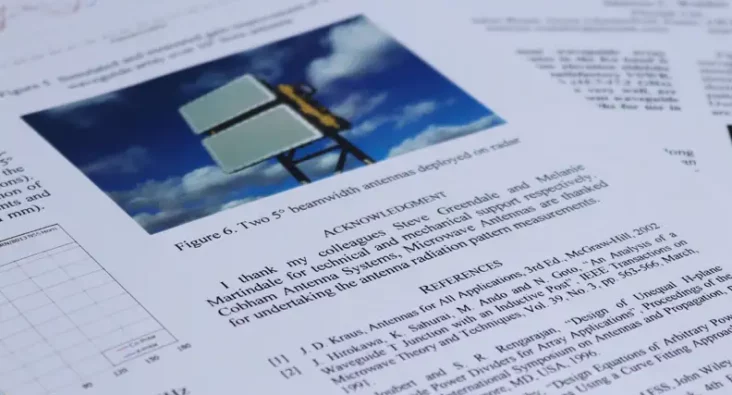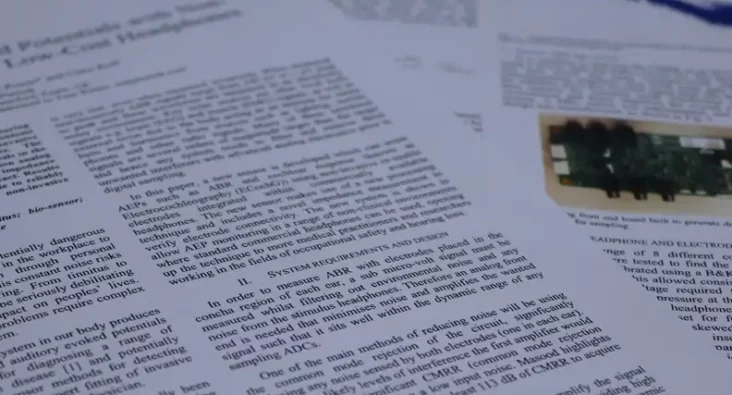Plextek Makeathon: How to Harness Ideas in a Day
Here at Plextek, we often work to carefully prepared project plans with necessary quality processes. However, thinking fast to rapidly produce innovative prototypes is an additional skill.
Often the pressure of completing a task within a specified number of hours causes our brains to think differently by focussing on solving the problem, without the usual project boundaries. Brainstorming ideas is exciting – it enables our project engineers (both junior and senior) to push our creative thinking to the max and this is why we inwardly invest in an annual Plextek make-a-thon event that all staff are welcome to participate in. We want to share the kind of thinking that is possible within a day and below are the 4 key technology innovations that we tackled during our make-a-thon. I hope you find them interesting, and please suggest ideas for our next event!
How can we improve pictures for teledermatology?
The first challenger of the make-a-thon was Nigel Whittle, who proposed the task of improving pictures for teledermatology. Taking pictures of yourself has become common during a telemedicine consultation, but; It isn’t easy to take a picture of some parts of yourself with a smartphone, let alone a good one. Lighting, focus, colour balance, scale, etc. can all limit the utility of the image to the clinician. How can this be improved, be it hardware, software, or a widget. Thomas Rouse, Nigel Whittle and Harry Houston were up to the task, see Harry’s breakdown of his team’s solution:
How can we use augmented reality for lab specs?
The second challenge proposed by Laurence Weir was to improve safety and productivity in the lab space with an augmented reality lab spec solution. Scientists in labs are expected to wear standard lab goggles to protect their eyes. However, the advent of AR glasses could offer this same protection, but also offer a huge number of extra benefits to aid with common practices which are currently laborious or error-prone. A list of such could include:
- Reagent or labware identification;
- Incubation timing;
- Protocol following;
- Quick recall of “interesting” incidents;
- Lab-book documentation;
- Remote guidance through a series of activities; etc.
Ben Skinner, Polly Britton, Oliver Chapman, Jonah Foley and Tim Brewis produced a Proof-of-Concept program which feeds in a video input (from a camera or just pre-recorded) and overlays the video with data which could be presented using AR glasses. Learn more about the teams solution in this short video:
Making use of bio-signals that sometimes get thrown away
The third challenge set by Thomas Rouse was to make use of bio-signals that usually get thrown away. We quite often use some bio-electrical signals, e.g. EEG (brainwaves), ECG, ABR (Auditory Brainstem Response) in our work, but normally the signal processing tries to get rid of ‘unwanted’ signals. These can be EMG (blinking, muscle movements), EOG (eye movement), or other nerve related signals. Can we make a system that is easy to put on (e.g. glasses / headphones / dry electrodes) that is not only able to get a usable EEG, but can also separate the EOG / EMG signals with enough fidelity to demonstrate eye tracking? Can this algorithm work generically – or does it need to be tailored to an individual?
Keerthi Mukku, Freddy Saunders, Edson Da Silva, James Thomas and Richard Coleman worked on this challenge and Freddy made a short video on his teams ideas to make use of the unwanted signals:
What can we do with an inductor resonance sensor?
The fourth challenge was proposed by Steve Fitz. We have a cool technology that can remotely detect changes in the relative positions of passive elements. Depending on what they are on this could measure strain, position, shape of flexible objects, sound, etc.
The idea is to create a system that identifies the electromagnetic signature of cells of an individual coil or mesh of coils. These cells should be passive and be able to change their signature due to some physical parameter such as temperature, strain, or damage, which can then be detected by a sensor.
The designed system works by sending a single loud pulse through an inductor that then causes resonant ringing in a passive mesh of LC circuits. The initial inductor coil has been tuned to fully damp its own resonance to allow the same coil to detect the resonance of the passive cells. This is effectively the same as ringing a bell, where the initial pulse is a hammer strike on a bell (passive cell) and the ringing of the bell is the resonance of the cell at a particular frequency.
Physical changes in the cell cause the inductor to resonate at a different frequency and/or change the damping rate of the ringing which can be detected.
The coil used to send the pulse is interchangeable for a different size to match the application but should not change its inductance as this will affect the initial pulse. Although the cells can change inductance, capacitance or physical size.
The main application so far is finding defects in materials in which the passive mesh is imbedded, however anything that can change the characteristics of the mesh such as a capacitive microphone could be useful.
Oliver Johnson, Shahzad Nadeem, Sam Durrant, Luma Musa, Daniel Boddy, Robert Giardelli, Ivan Saunders and Steve Fitz all worked on a solution for this task and our summer student Robert did a short video explain his teams findings and ideas:
Finally, we are so grateful to Makespace (Cambridge, UK) for letting us use their space for our Make-a-thon and for being so welcoming, with special thanks to Dr Ward Hills. Makespace is a wonderful community for likeminded engineers and designers. The facilities and equipment available are outstanding, but don’t take our word for it.. check them out yourselves!
Technology Platforms
Plextek's 'white-label' technology platforms allow you to accelerate product development, streamline efficiencies, and access our extensive R&D expertise to suit your project needs.
-
01 Configurable mmWave Radar ModuleConfigurable mmWave Radar Module
Plextek’s PLX-T60 platform enables rapid development and deployment of custom mmWave radar solutions at scale and pace
-
02 Configurable IoT FrameworkConfigurable IoT Framework
Plextek’s IoT framework enables rapid development and deployment of custom IoT solutions, particularly those requiring extended operation on battery power
-
03 Ubiquitous RadarUbiquitous Radar
Plextek's Ubiquitous Radar will detect returns from many directions simultaneously and accurately, differentiating between drones and birds, and even determining the size and type of drone
Downloads
View All Downloads- PLX-T60 Configurable mmWave Radar Module
- PLX-U16 Ubiquitous Radar
- Configurable IOT Framework
- Cost Effective mmWave Radar Devices
- Plextek Drone Sensor Solutions Persistent Situational Awareness for UAV & Counter UAV
- mmWave Sense & Avoid Radar for UAVs
- Exceptional technology to positive impact your marine operations
- Infrastructure Monitoring



